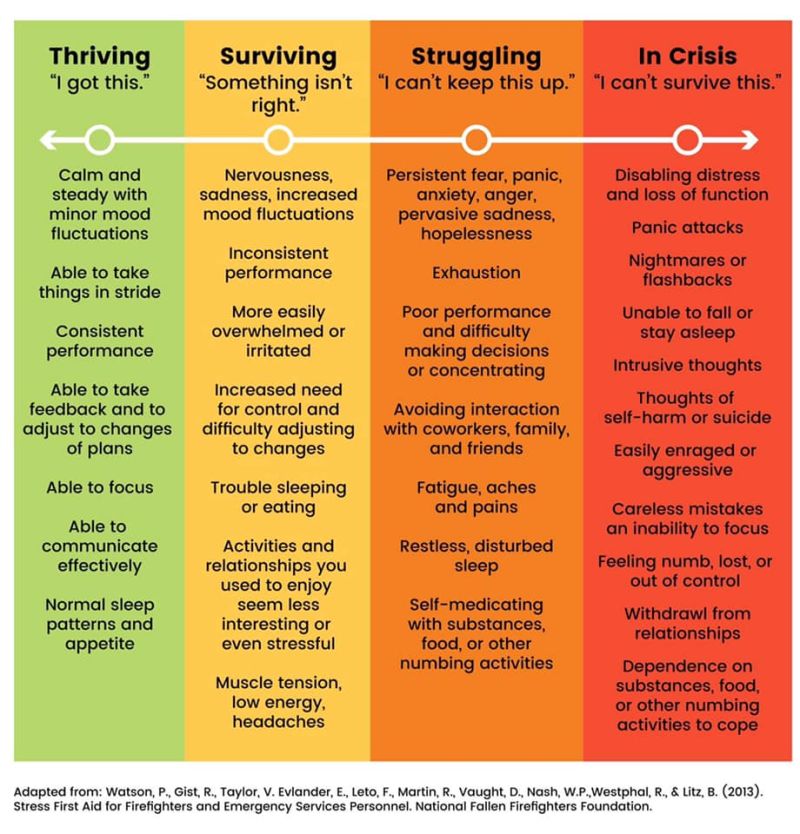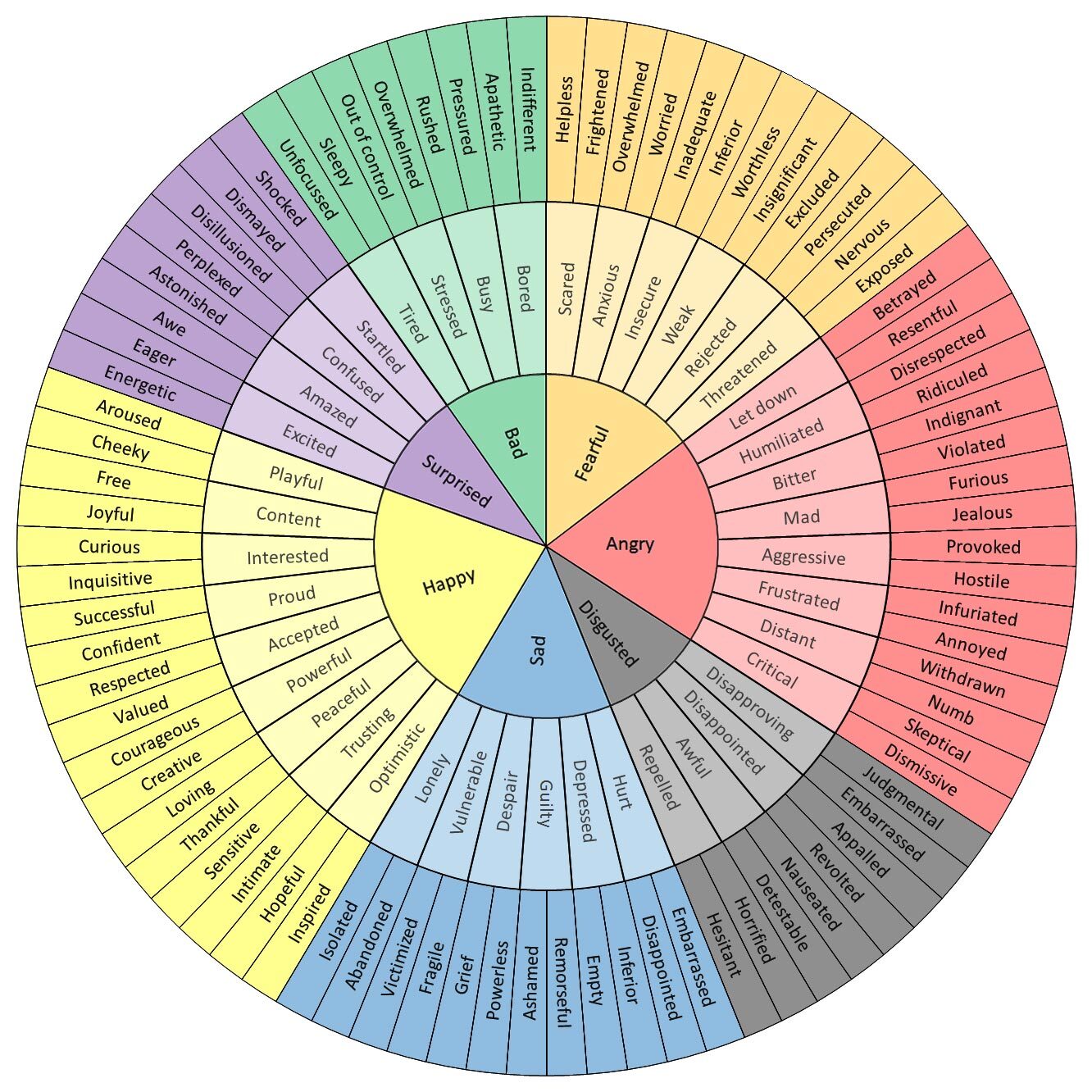As part of API’s work in helping news leaders create balance and refill resilience among their staffs, we held webinars during Mental Health Awareness month in May on avoiding burnout and how trauma-informed leadership recognizes and respects human experiences. This article will walk you through a few exercises highlighted in one of those webinars and provide insight on two concepts — relational currency and psychological safety — that are key to success for well-being in journalism.
Following more than a decade of layoffs and consolidation in the local news industry, 70% of journalists have experienced work-related burnout, according to a new survey from the Center for Innovation and Sustainability in Local Media. Women and young people are more likely to experience burnout in newsrooms.
This work-related stress response that happens when you’re insufficiently supported or when you feel a disconnect between who you are, what your values are and what you do day-to-day, isn’t new in the media industry. Factors such as low pay, adapting to new technology and pressure to meet high standards have increased in recent years for many newsrooms, and even though burnout is an occupational phenomenon, most journalists don’t have the power to change the organizations they work for.
The American Press Institute recently held a session on reassessing and repairing journalists’ relationships with work. The virtual event was led by Sam Ragland, API’s vice president of journalism programs, who has experienced burnout even though she thought she was immune to it. Since the start of the pandemic, Ragland has been studying the hazards of being a journalist, collaborating with trauma therapists and getting certified in digital wellness to coach and support journalists in their stress response.
While there are things in our control that can ward off burnout or help us complete the stress cycle, burnout is a workplace issue. It cannot be solved with better self-care — this idea implies the person feeling burned out should be doing more. Ragland offers a “starter pack” for journalists to begin addressing burnout, although she notes that it’ll be difficult to level up until news organizations align in their vision and strategy to serve and support the whole journalist and not just the work of that journalist.
To give your starter pack a greater chance of success, Ragland suggests tapping into what is already a natural, journalistic skill — that is, curiosity and specificity. Emotional granularity is the term used to describe pinpointing what we’re feeling. Getting granular in our attempt to name what we’re feeling has been shown to improve our well-being, physical health and life satisfaction, and it will also prompt you to create a more custom intervention. Think about it: Saying you’re angry is one thing; realizing you’re humiliated is another. Saying you’re tired is one thing; acknowledging you’re unfocused is another.
The exercises below are there to help you begin self-prescribing a specific remedy for burnout and offer a chance to give yourself permission: to delay a meeting, to eat lunch, to take a walk. Follow along with these slides as you share thoughts on these prompts:
- The support I need: Support can manifest in so many different ways, so challenge yourself to think beyond the people in your shop. Yes, more of them would be nice — I know. But with the ones who are there, what else? What from them would translate to support for you?
- The tiny betrayals: Through the “hundreds and thousands of tiny betrayals of purpose,” you slowly creep from a healthy level of engagement, cynicism and effectiveness to being overextended, detached, ineffective and burned out. The tiny betrayals are both systemic and self-induced. What tiny betrayals of purpose have you made in your work?
- Visualizing a thriving me: Think back to a “thriving you.” When you laughed easier… When you responded more quickly to texts… When you actually tasted the food you ate… When you looked forward to the day, to the work, to the conversations, to the strangers… What was happening when you were thriving? Who was around? What work were you doing? Why were you thriving? Be clear, concise and direct as you answer this.
- My intentional pursuits: We can be more intentional in how we treat ourselves, in how we draw boundaries, in how we set non-negotiables as it relates to our relationship with work. We can choose behaviors that better embody and illustrate the values most necessary for us to thrive. Name one value or characteristic you need to pursue today and one way you’ll do that.
Burnout is a systemic issue in newsrooms, leaving individual journalists little opportunity to address the root causes of burnout. Newsroom managers need to understand what burnout actually is, what to do when they’re feeling it and how to recognize it in others, and how to begin to shift the culture of their organization by modeling the behaviors they want to see others take on. Here are a few ways for newsroom managers to address burnout within their teams.
- Take a mindful moment as a team and practice a breathing exercise together. It is a great way to decrease stress and begin a meeting. Start by having everyone sit with their feet touching the ground and take 30 seconds to take a deep breath in for 5 seconds and then breathe out for 5 seconds, repeating until the time is up
- Model ways in which you are managing stress and share it with your team to make it part of the culture. For example, if a meeting doesn’t have an agenda and you’re on a tight deadline, decline it and explain why you’ve set that boundary. Or update your Slack to signal “deep thinking until x time” to, again, illustrate and hold a boundary.
- Facilitate more opportunities for transparent communication with your direct reports. As a leader, your team should feel comfortable enough with you to tell you when they’re feeling burned out. A good place to start is in your 1:1s. What do these look like for you? Are they task-focused or future-focused? How often do you cancel?
- Ask yourself what you need to help you discover what your team needs. If you aren’t feeling supported in your work, chances are that your team is feeling the same way.
These aren’t full-proof plans, but they can be the start of what is likely a continual work in progress. Our relationship with our work will ebb and flow through both calm and rough seas. To weather the storms that the news cycle may toss us in, we must be proactive in our pursuit of completing the stress cycle, which alone is a radical act of self-preservation.
Want to learn more? Here are a few resources Ragland recommends:
- Big Feelings by Liz Fosslien and Mollie West Duffy
- Atomic Habits by James Clear
- Resilience by Harvard Business Review
- The Self-Investigation by Mar Cabra and Kim Brice
- Journalism Managers are burned out. Is it time for a work redesign? by Jane Elizabeth
API offers custom training opportunities on the topic of newsroom burnout, trauma-informed leadership and more. These range from 90-minute sessions to two-day workshops and can be done in-person, virtually or hybrid. If you’d like to learn more about our training, and pricing, please set up a meeting with Sam Ragland.
You might also be interested in:
New year, same old meetings. Meetings that don’t include the right people or that include too many people. Meetings that could have been an email. But what if it didn’t have to be that way? As we kick off 2026, API wants to help you reset and rethink key meetings in your news organization.
It’s been a busy year for us: we held three API Local News Summits, built out a comprehensive guide to partnering with influencers, encouraged experiments with grants and cohorts, and supported news organizations with our products.
Today, we’re undergoing a bold transformation — reimagining ourselves as a platform that fosters generational solidarity and serves bicultural audiences from Gen Z to Boomers.






